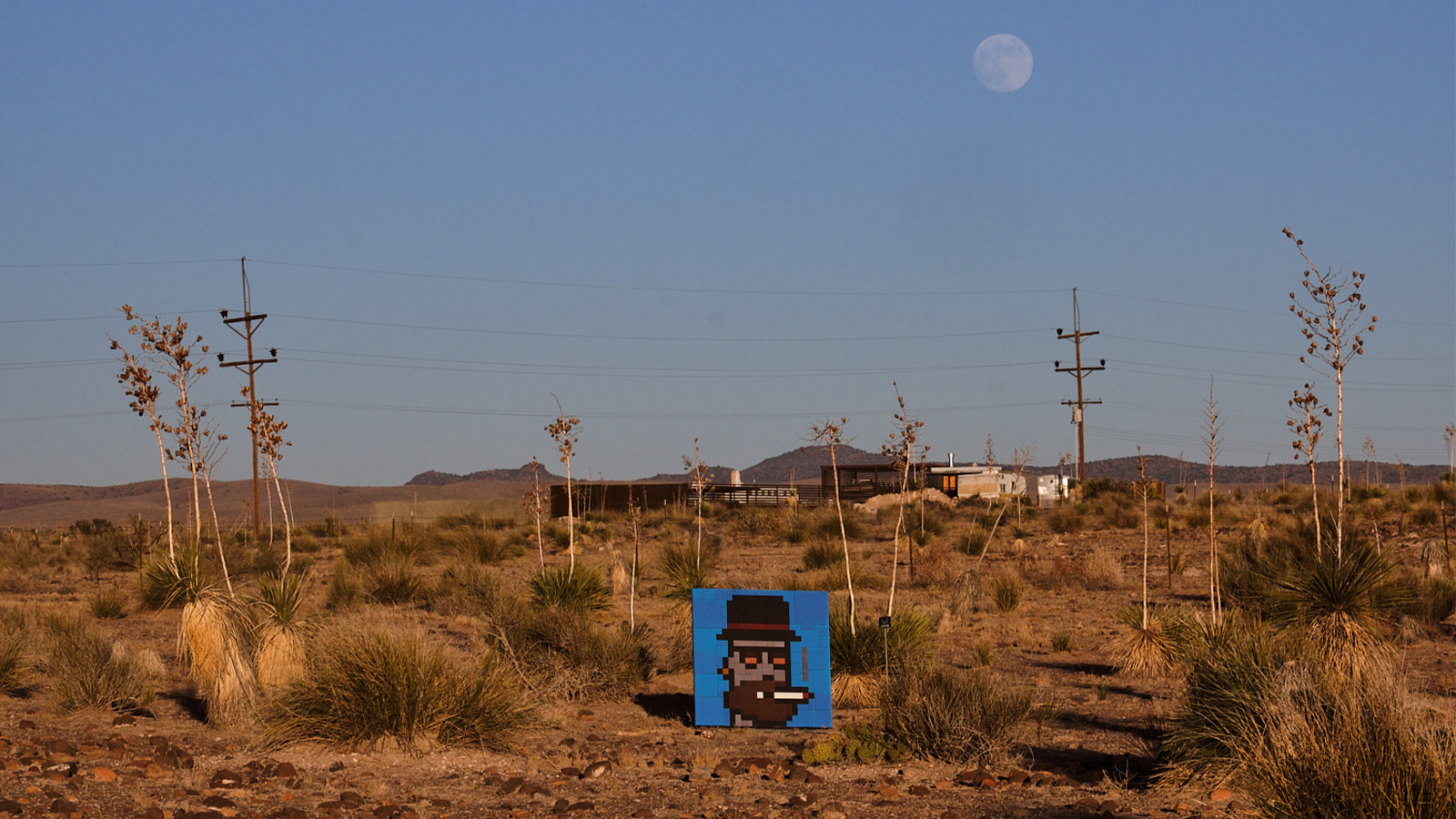
Making the especially long trek to the deep West Texas desert outpost of Marfa is a pilgrimage for many in the art world. The especially remote town was ‘discovered’ by the late, great Donald Judd during his time in the US Army and, by the mid-1970s, was all but transformed into his ultimate masterpiece; a sprawling complex of 16 post-industrial and military buildings repurposed into a laboratory, living space, and installation all wrapped into one. Making the most of the unending amount of space here, he was able to fully articulate his inherent understanding of divine proportion and geometric clarity; a still-potent philosophy that transcends the traditional definitions of art, architecture, and design.
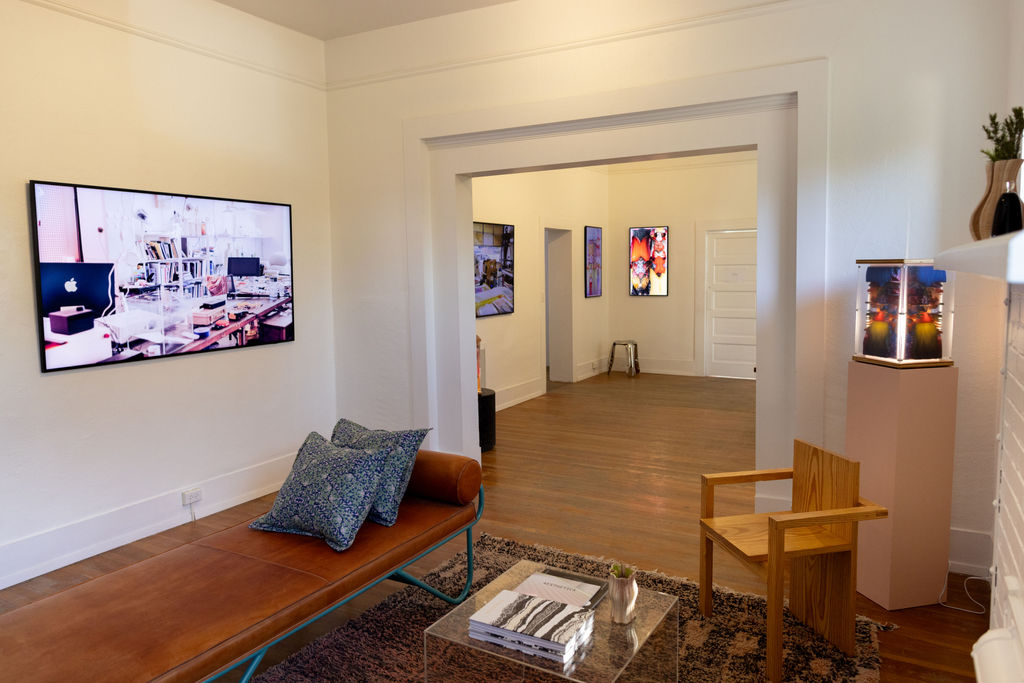
As evidenced in the colossal 100 Untitled Works in Mill Aluminum installation permanently on view at the Chinati Foundation – a former army base Judd turned into an expansive museum – the epochal talent was involved in what theorist Philip Galanter termed generative art: 'the use of an external system to which the artist cedes partial or total control'. Though very much of his own disciplined making, these hundred cubic elements demonstrate the practice of seemingly endless iteration, intuitively tweaking the same set of entities and procedures in different configurations.
Art Blocks Weekend, the foremost event for generative art
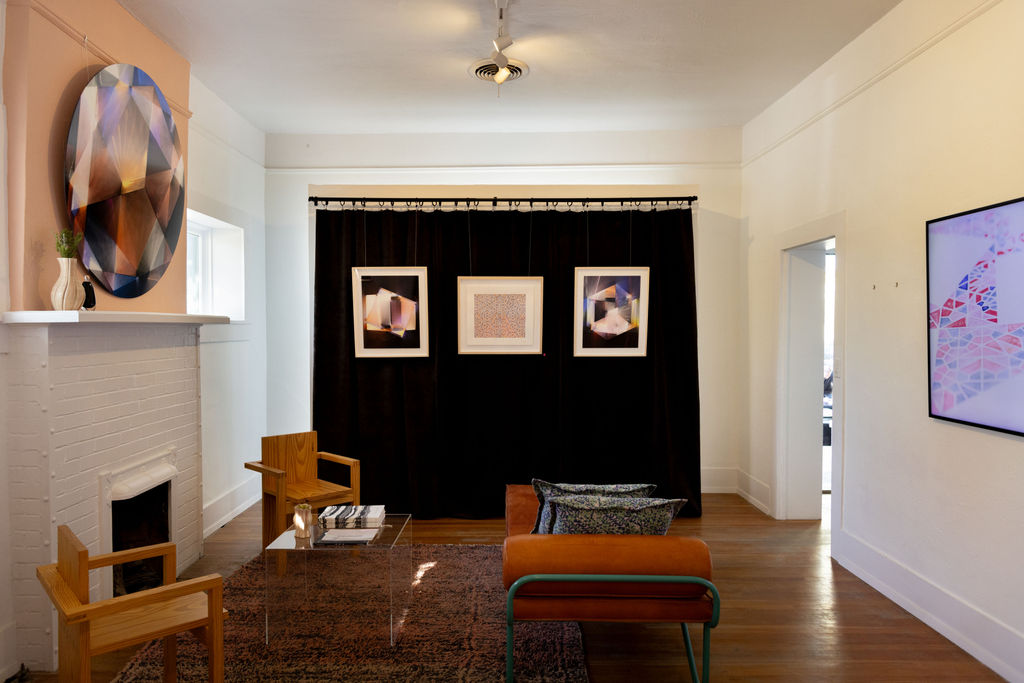
This school of thinking suggests that an artwork or collection can be conceptualised and initially executed through set intentions and controls but is ultimately expanded upon through randomised performative acts or as many in the post-NFT community are collectively implementing, algorithmic code.
Aptly enough, many in this growing yet still niche sector converge on Marfa each November for Art Blocks Weekend – an event that encompasses numerous exhibitions, talks, film screenings, and other activations.
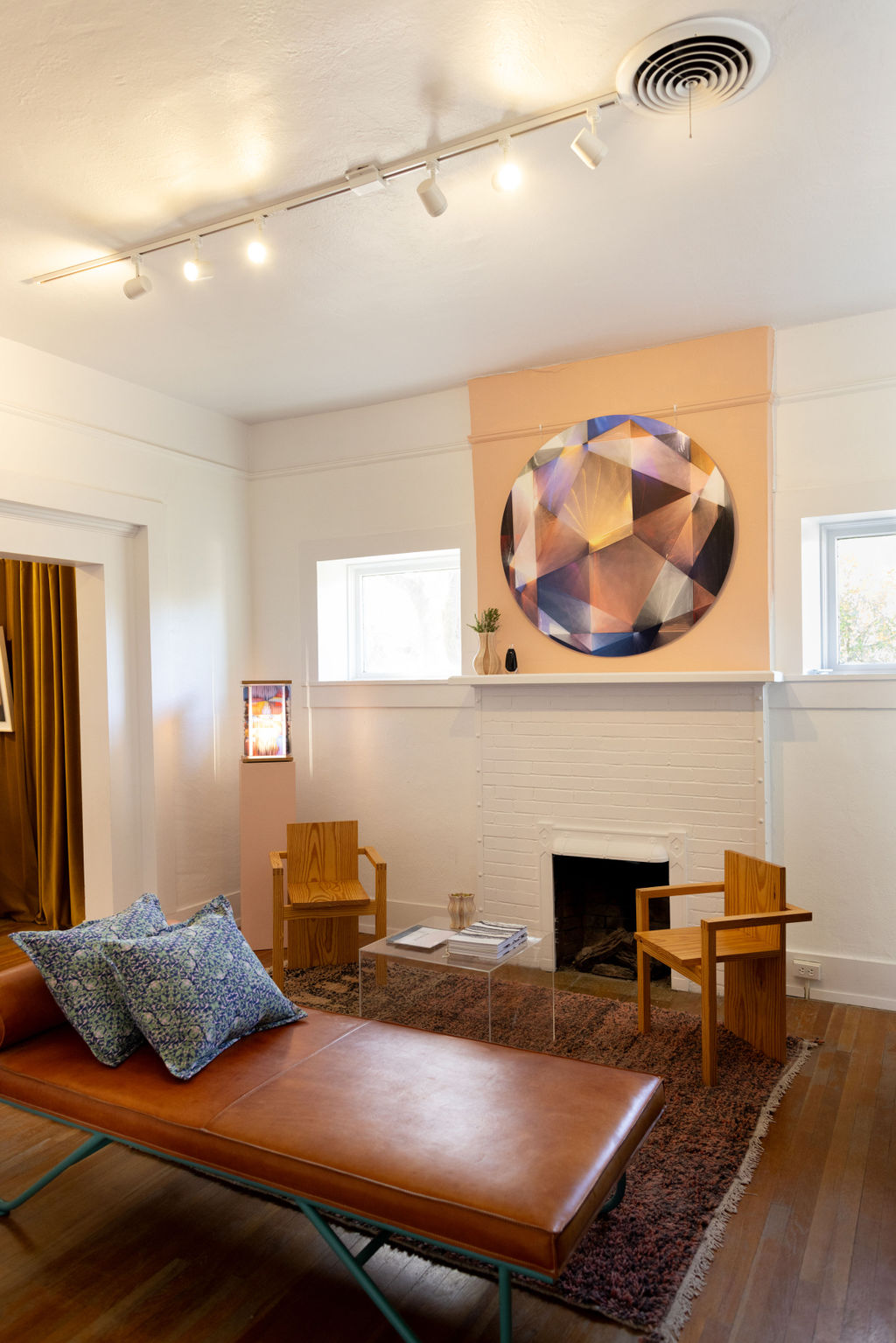
The digital cultural and commercial platform – lending its name to the event – runs on the Ethereum blockchain but also maintains a physical gallery space in Marfa. Art Blocks promotes talents creating mostly digital but also hybrid physical art through this approach. Depending on what parameters the artist decides on from the outset, works can then be entropically created in a series of unique editions; the number of which is also carefully predetermined. Though the term has gone out of fashion, many of the pieces are acquired as NFTs.
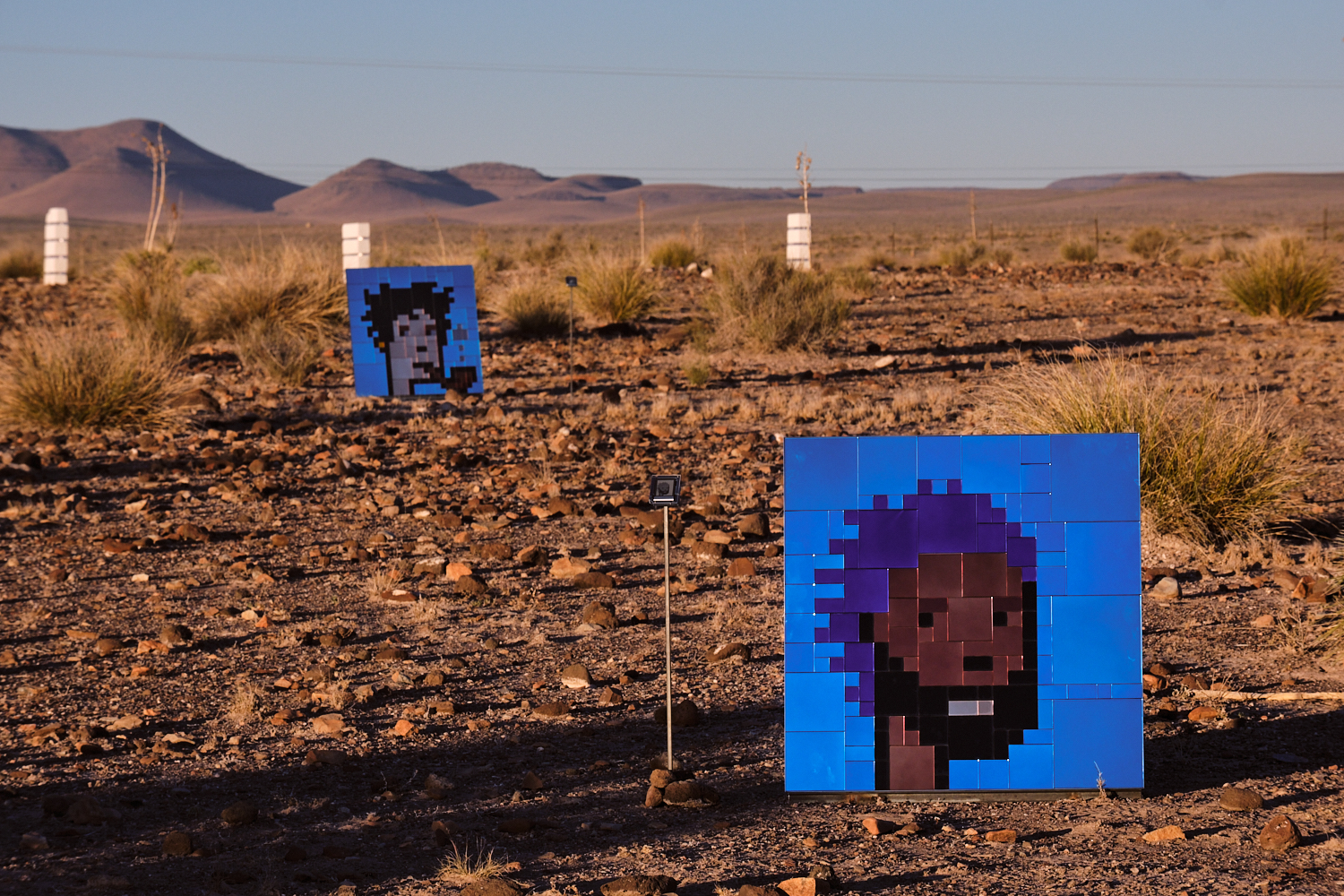
Exhibiting at the town-wide happening this past fall – 14 to 17 November 2024 – talents like James Merrill, otherwise known as Lostpixels (it's common for those operating in this space to use pseudonyms), demonstrated how this all works. He uses a depository of pre-drawing icons and repeated visual elements to generate randomised pen-plotted maps. He rendered a set of images of local landmarks specific for a series of iterative works specifically depicting Marfa.
'There’s something about doing all of the work upfront,' he said, 'writing the code and then going to bed only to wake up and see what the result is.' For some seasoned talents like Alexis André ‘MacTuiTui’, there’s still a challenge in knowing when to let go and mint – essentially releasing an artwork onto the blockchain for it to generate into editions randomly. There’s nuance in calibrating how much detail and level of variability is necessary during initial coding.
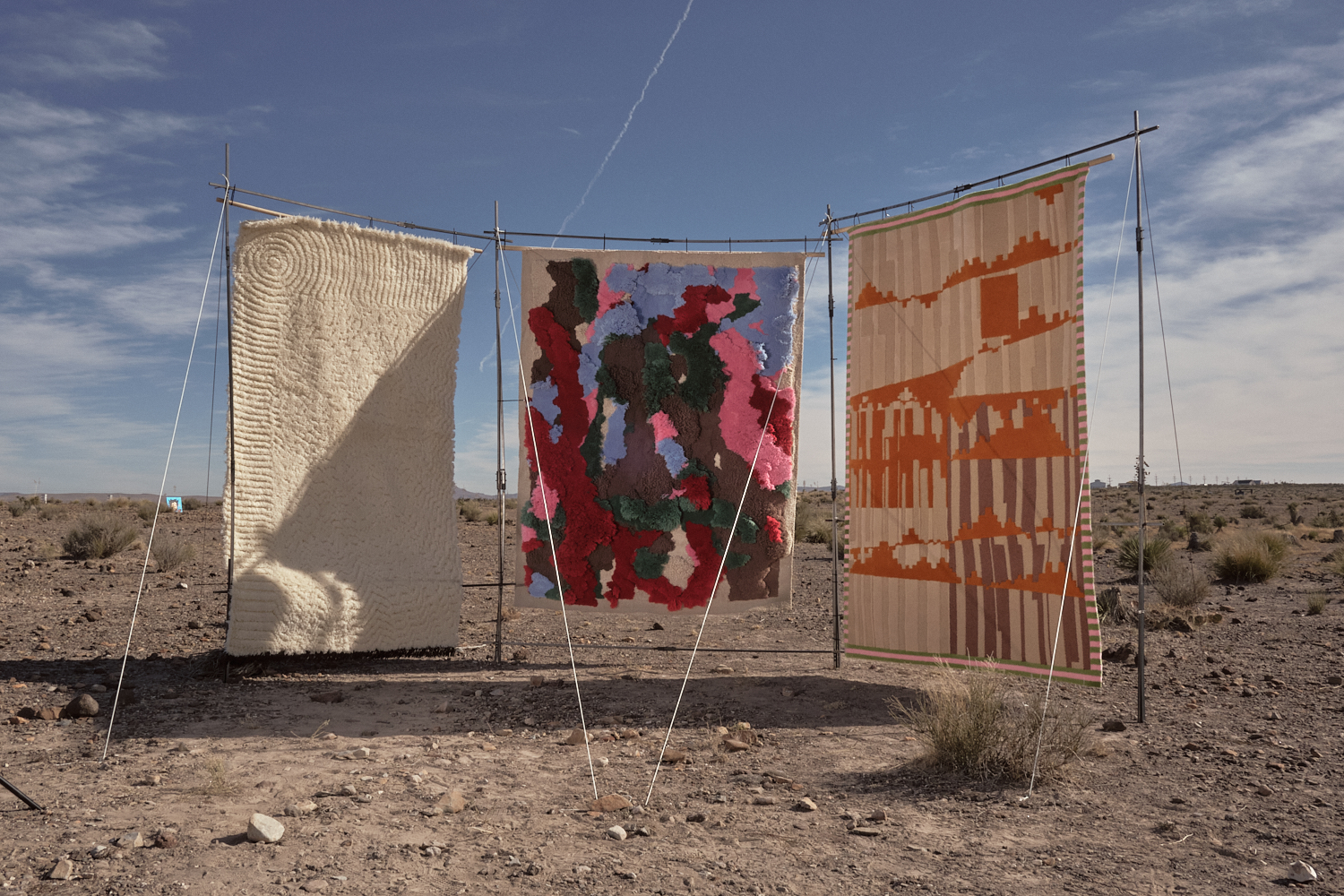
Also presented during the weekend was noted filmmaker Gary Hustwit’s groundbreaking Eno documentary. The biopic of the noted musician and producer comprises hundreds of hours of footage; segments randomly selected for 100-minute-long viewings, each of which is unique but somehow still forms a cohesive narrative arc.
A forerunner in algorithmic craft-led furniture design
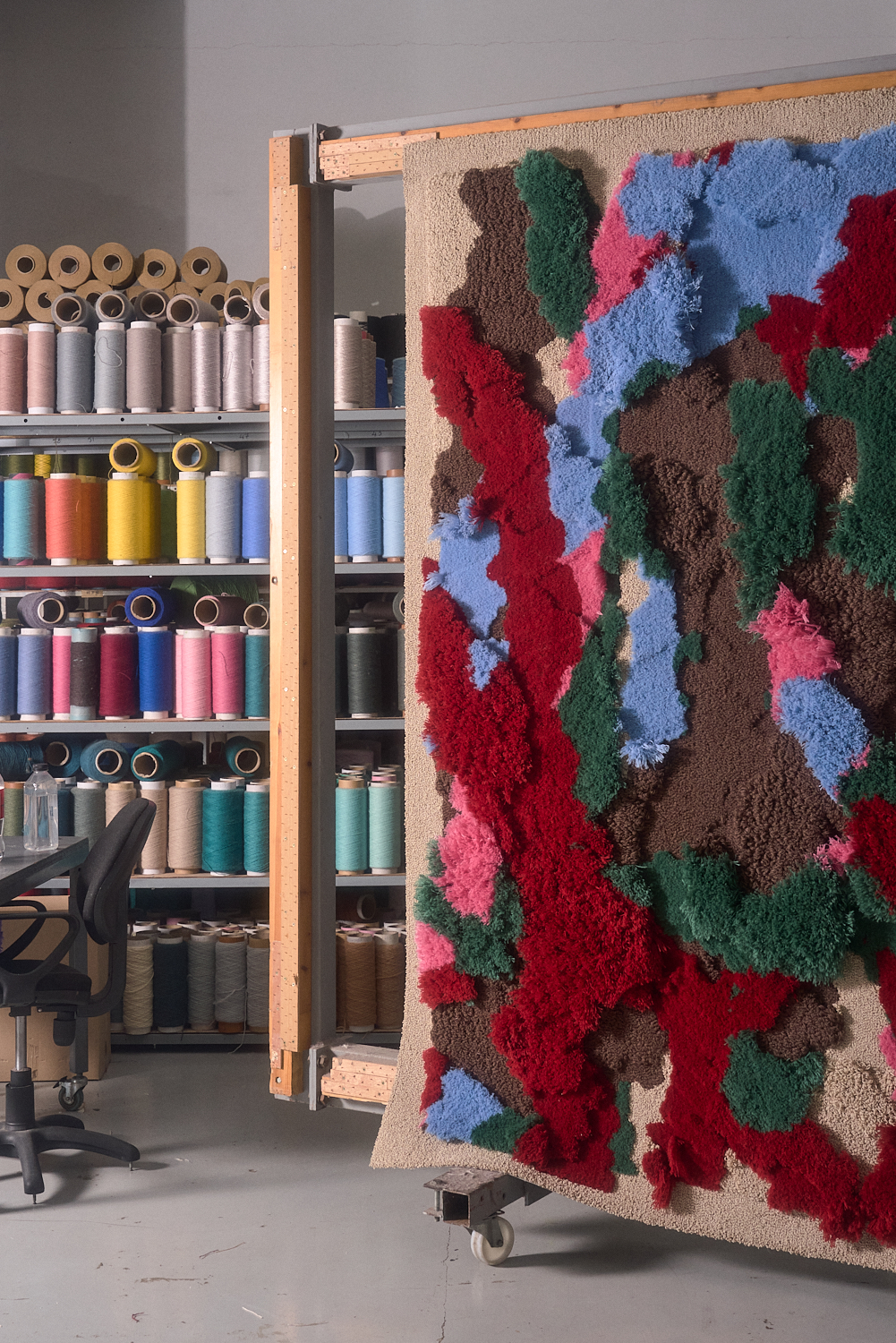
This ever-evolving approach isn’t just cropping up in contemporary art. The generative algorithm model is also beginning to make waves, if incrementally, in the design sphere as well. It’s emerging as a viable counterpoint to bespoke craft-led production, the idea that two items manufactured outside the context of mass industry are never truly the same and remain distinctive.
Essentially, the algorithmic code accounts for the inevitable idiosyncrasies expected of handcrafted objects. 'In a world where it costs the same amount of money and time to make a million things that are unique as it costs to make a million things that are the same, all else held equal, I believe that people can express themselves as individuals via unique objects using this technology,' Art Blocks founder Erick Calderon said.
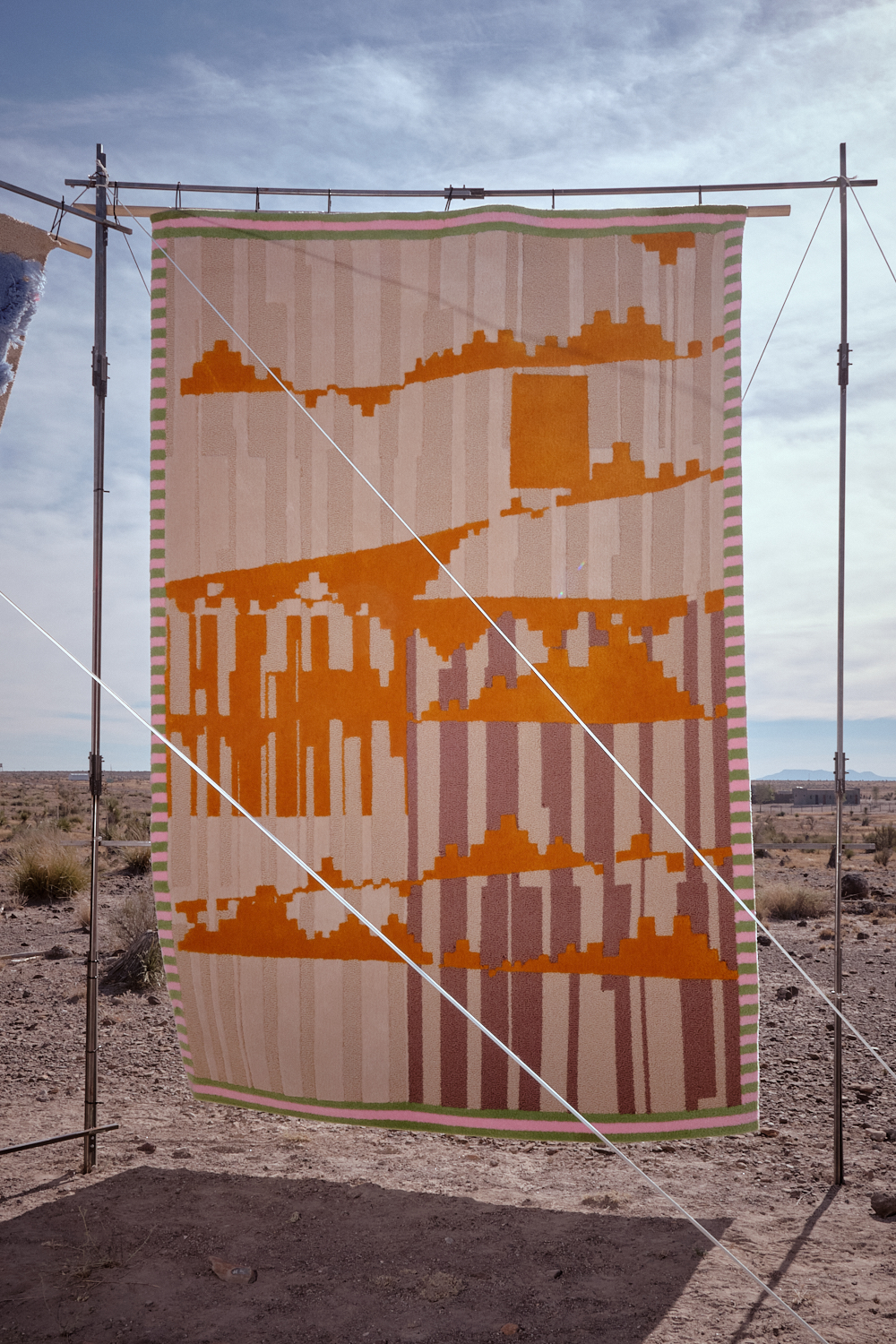
Leading the charge in generative design is Trame Paris, an innovative furnishings brand initially founded on the idea of harnessing and giving new relevance to age-old French and Moroccan artisanal traditions but that, in recent years, has also fully embraced this potential of algorithmic generation. The composition of an object, or an element of one, is determined by the algorithm in use but then realised by artisans according to their tried-and-true savoir-faire.
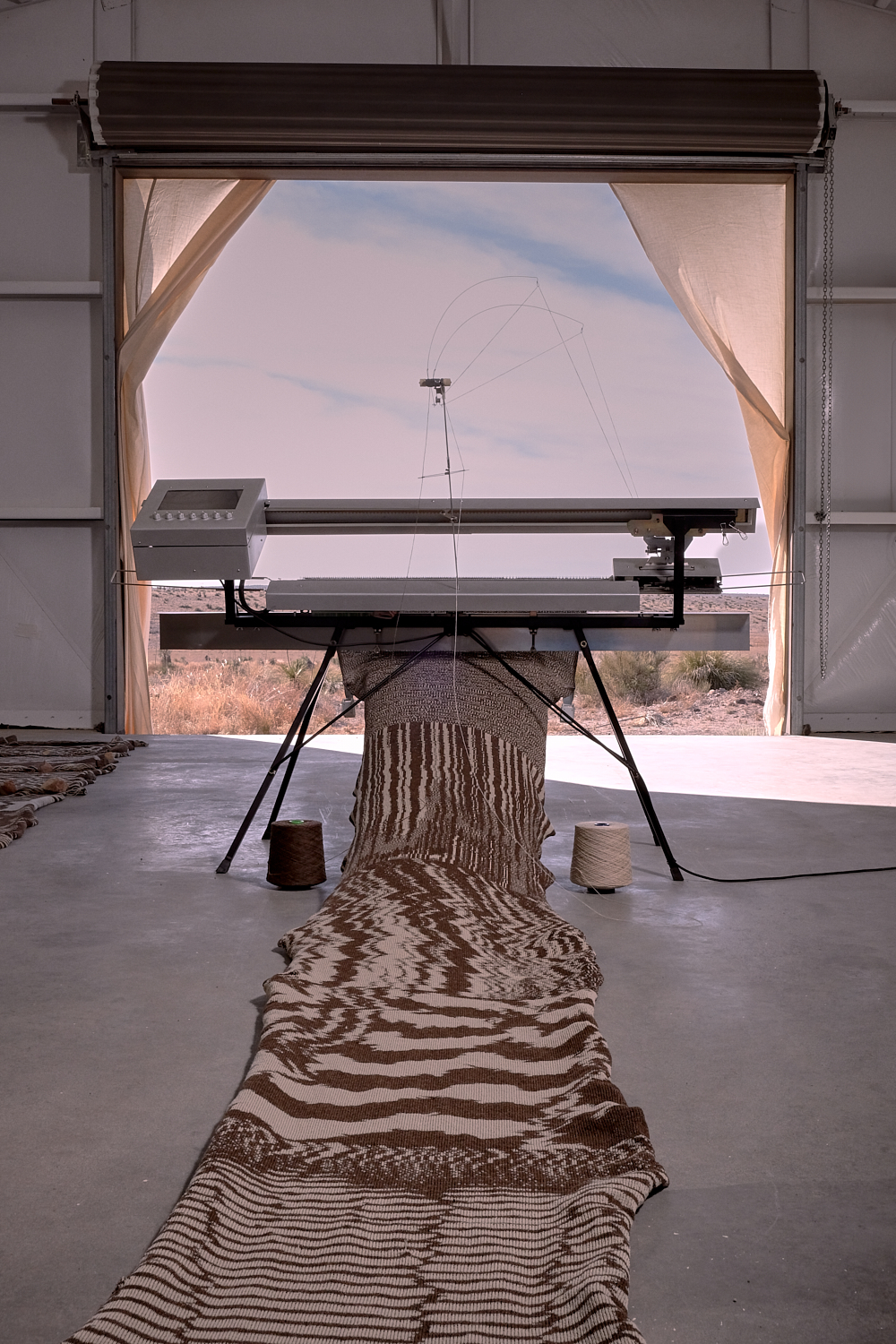
The deft combination of both procedures has resulted in everything from the clever retooling of the classic Parisian café chair with one-off woven rattan patterns to the idiosyncratic configuration of stained glass windows – Aranda/Lasch’s Enlace and Jeff Davis’ Optimism series respectively. With the affinities between Trame Paris and Art Blocks clear, it only made sense for the company to unveil three new ‘digital-to-physical’ concepts during Art Blocks Weekend 2024.

CryptoPunks Mirrors is a design collection developed by NFT heavyweights Matt Hall and John Watkinson – the force behind the CryptoPunk cartoons that have become emblems of the industry since their release in 2017. Trame Paris and Art Blocks helped the duo emblazon reflective surfaces with these figures – imagined in ten thousand variations – as physical collectibles, not just ones that remain digital.
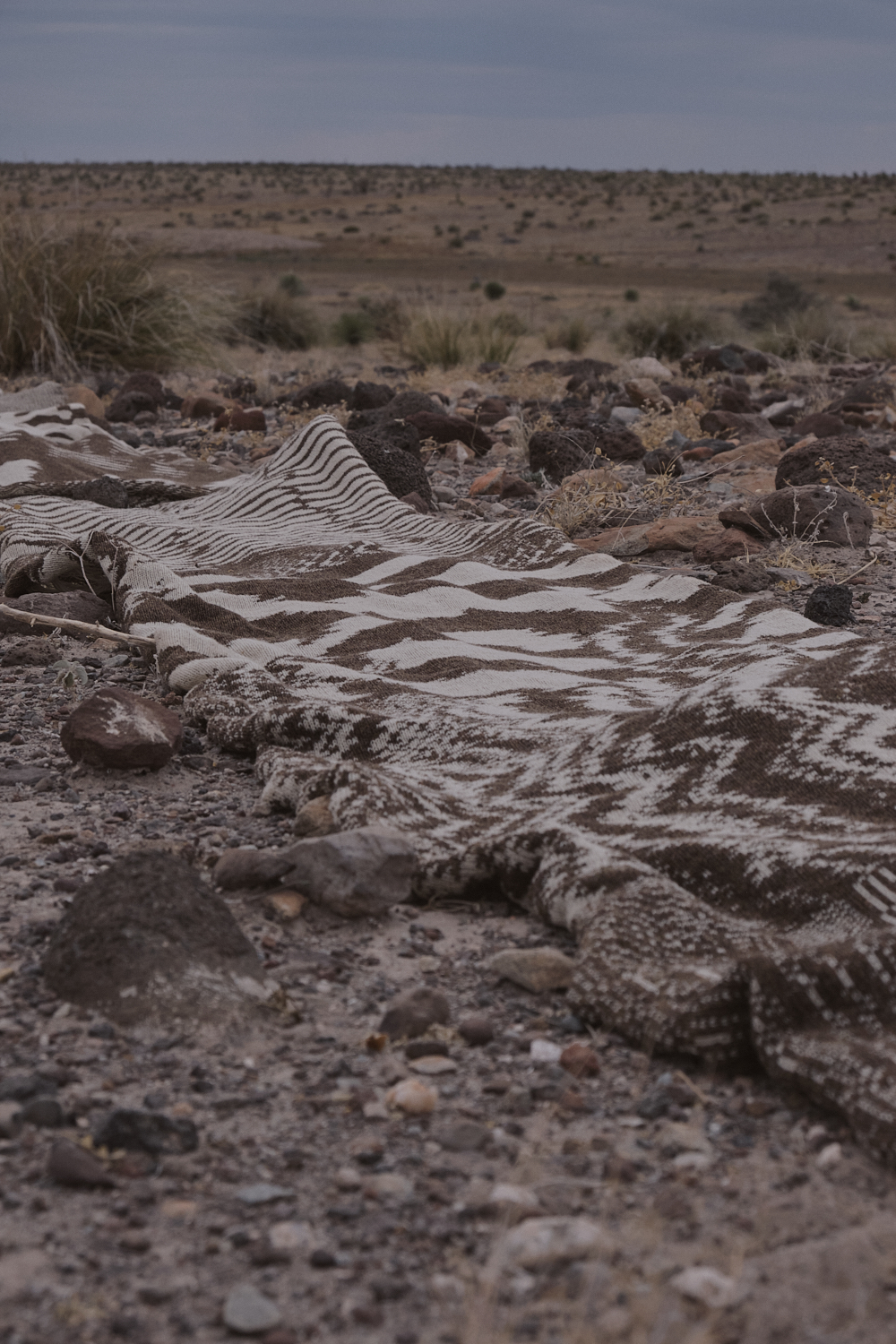
London and Tokyo-based conceptual design studio A.A.Murakami – formerly Studio Swine – conceived the A Thousand Layers of Stomach project. Looking to translate the patterns found on the shell of the ancient Asari clam in mechanically knitted textiles, the practice developed a code that replicates the formation of these natural elements. Knobs on the repurposed and digitised analogue machine actively producing the fabrics can be manipulated to skew the rendered pattern. A.A. Murakami devised the term ‘Ephemeral Tech’ to describe its ongoing preoccupation with the concept of utilising the latest technologies to harness ethereal materials in entirely nascent applications.
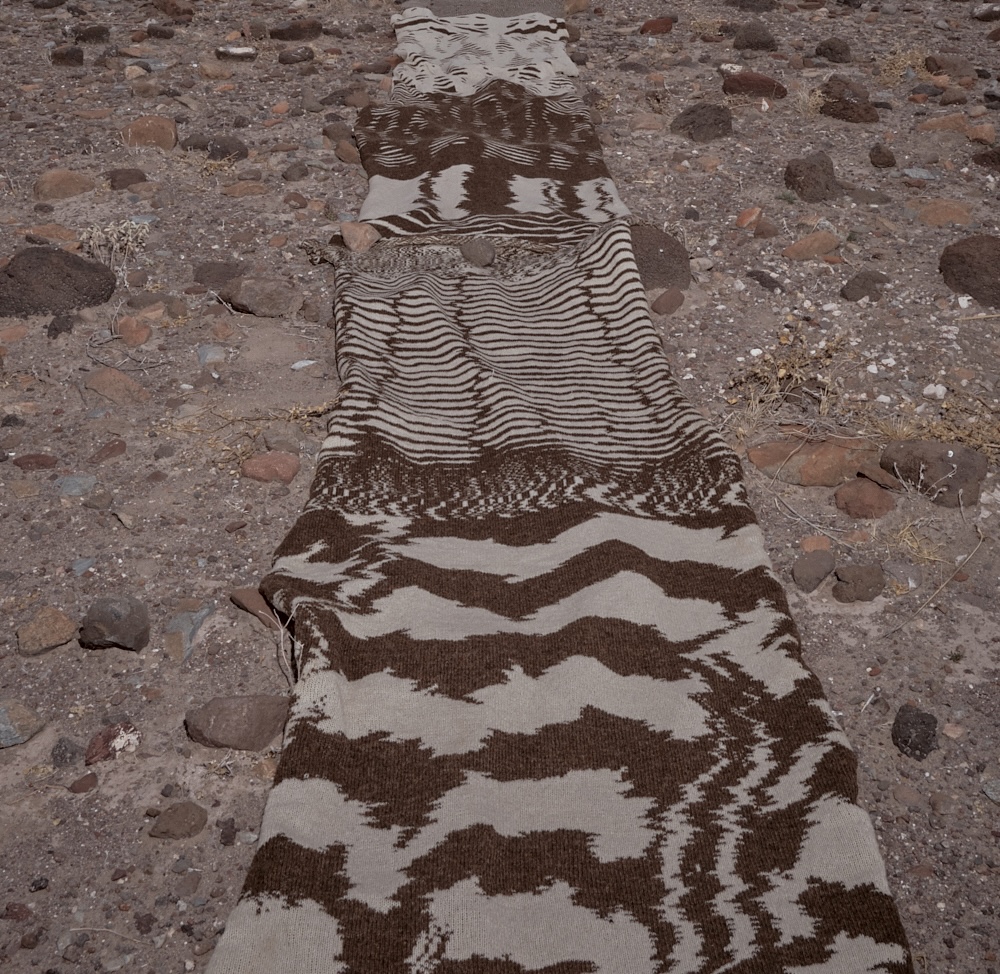
Talents already well-revered in the code-forward generative art sector, IX Shells, Linda Dounia, and Junior Ngoma ‘Fingacode’ developed concepts for the appropriately themed Desert Threads tapestry series: evoking the similarities between the Moroccan and West Texas Chihuahuan Desert; juxtaposing the former’s rich craft tradition with the experimental spirit of the latter. The three talents visited Berber craftspeople in Morocco and recounted their experience, so to speak, in these limited-edition tufted carpets.
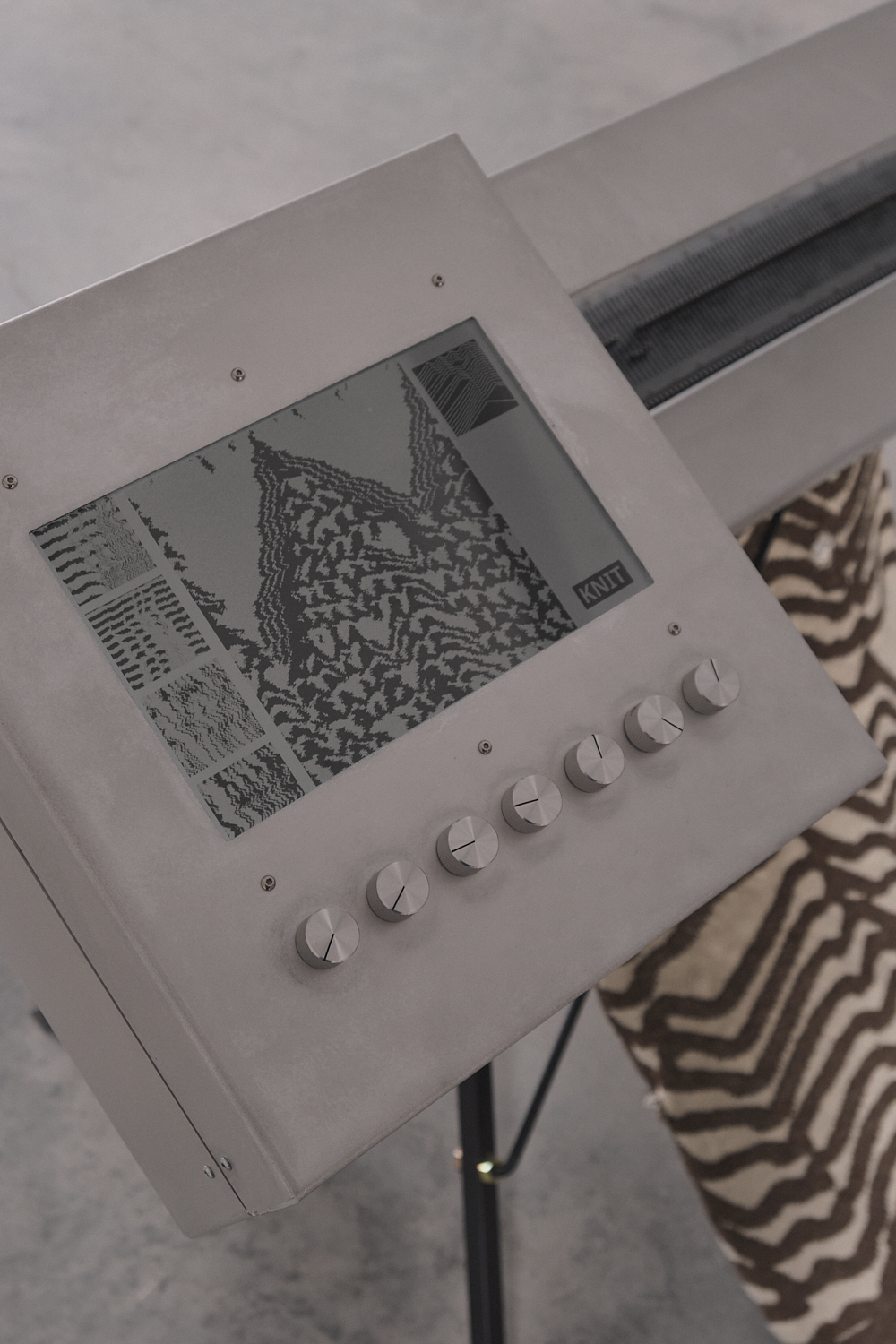
'I chose to interpret the image of a heat map,' Ngoma explained. 'I did this by using layering to reveal different techniques and made sure the algorithm would intentionally include colour mismatching. I wanted the pieces to still showcase human imprint and deliberately include apparent errors we expect from things that are handcrafted.' This sentiment best exemplifies Trame Paris’s mission to bring traditional crafts into the digital space. The brand is achieving this by being one of the first in the design industry to embrace algorithmic generation.







